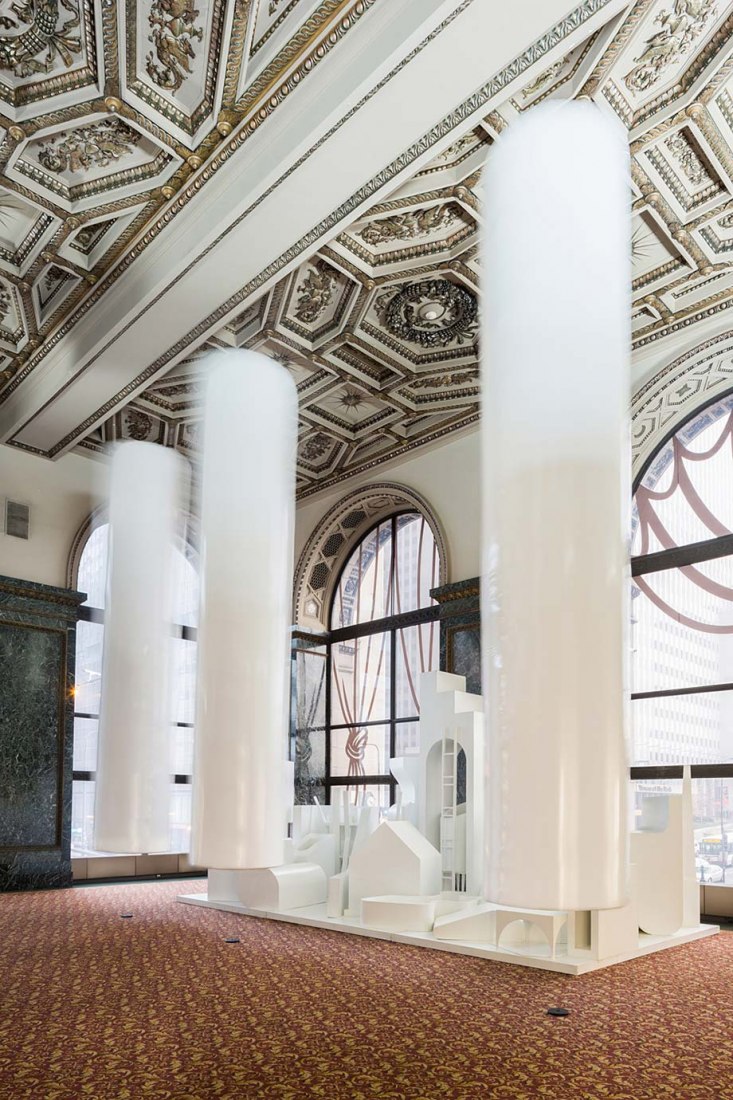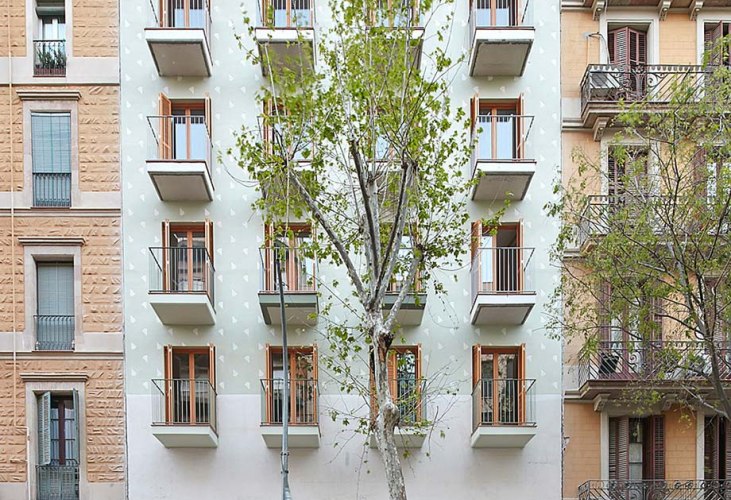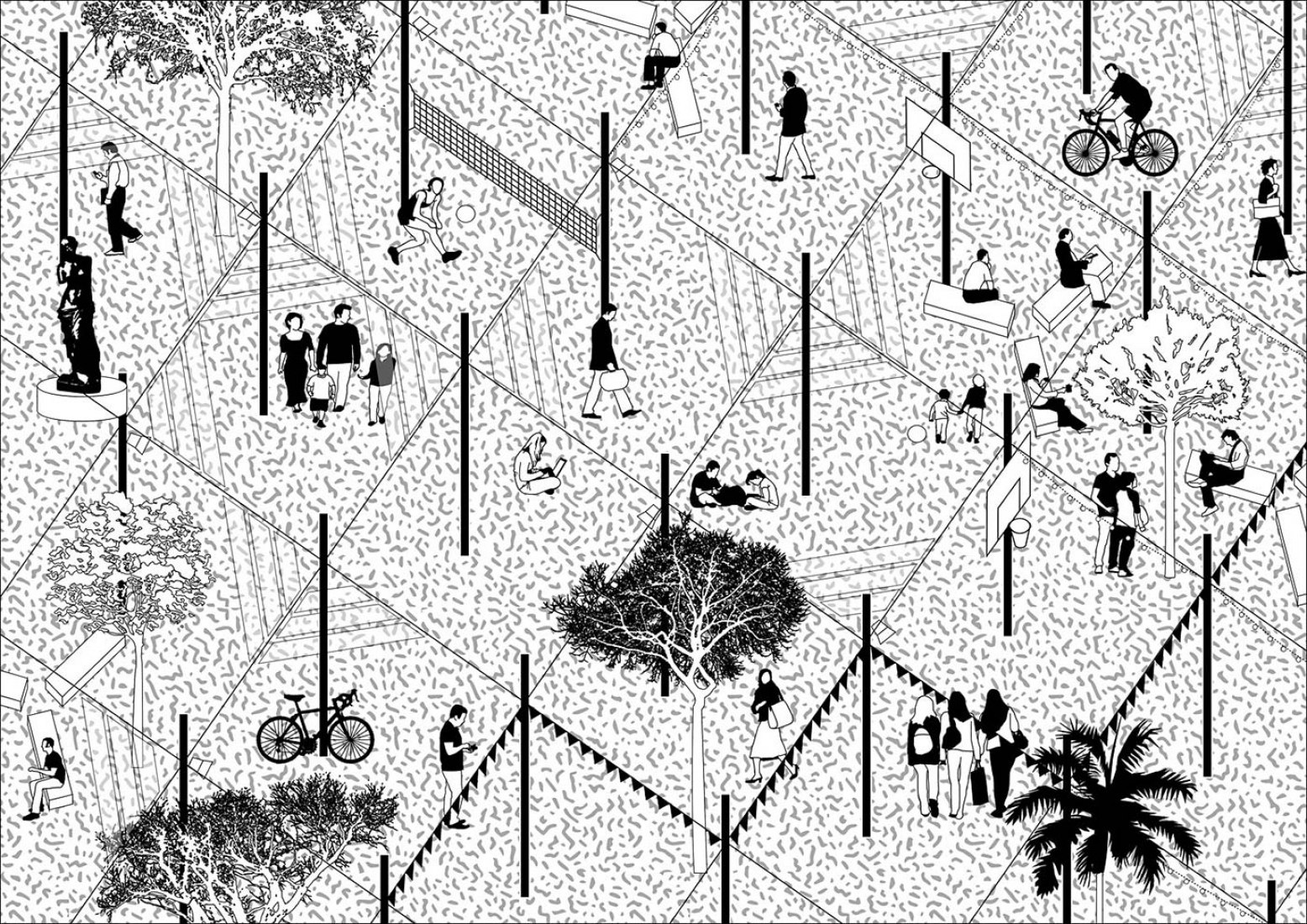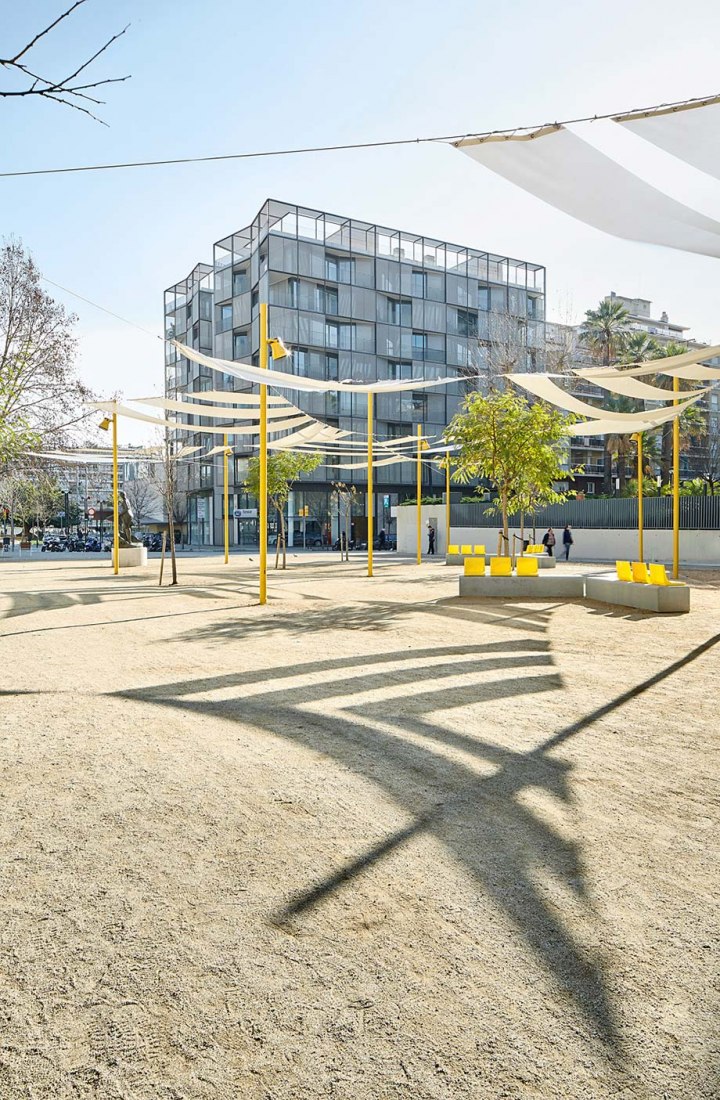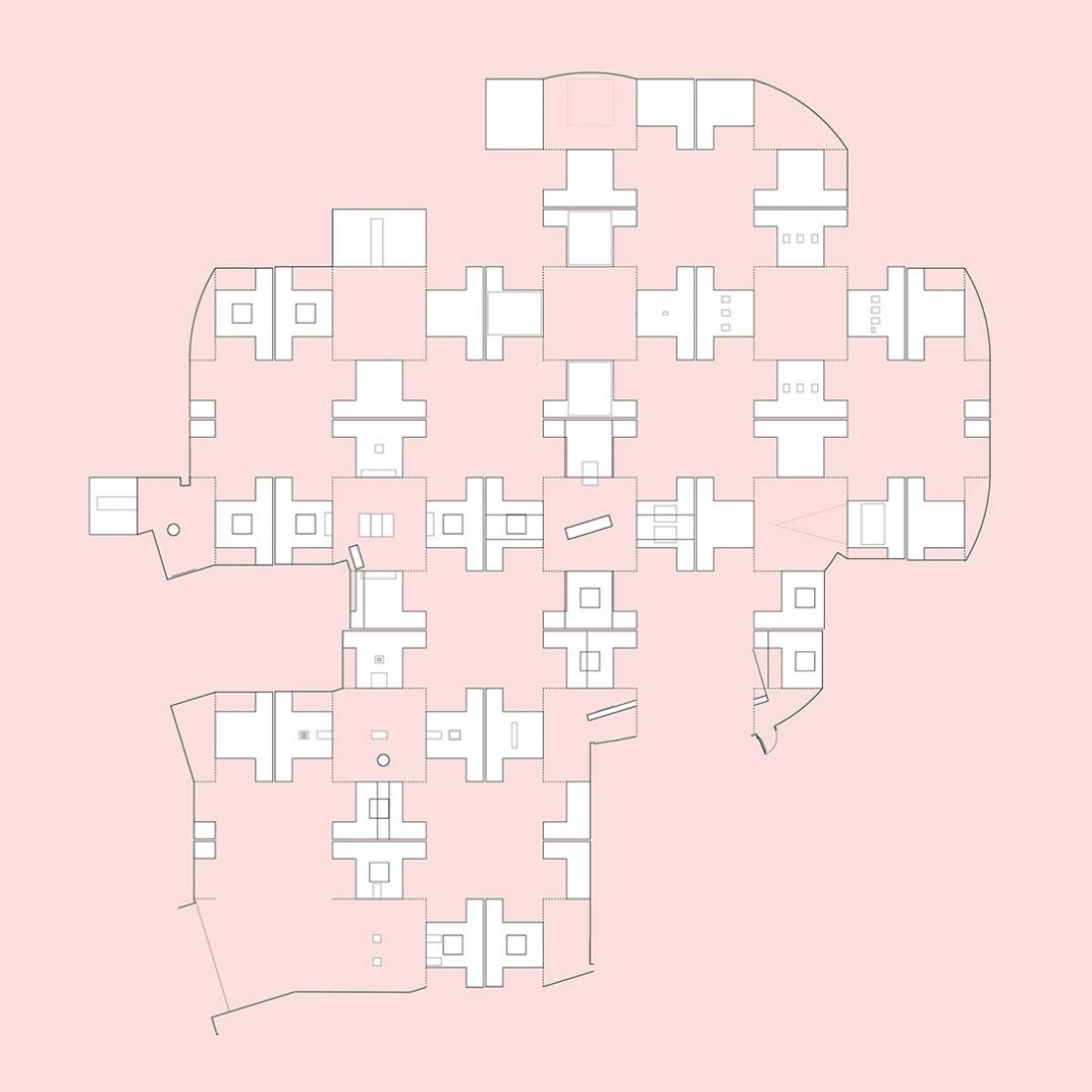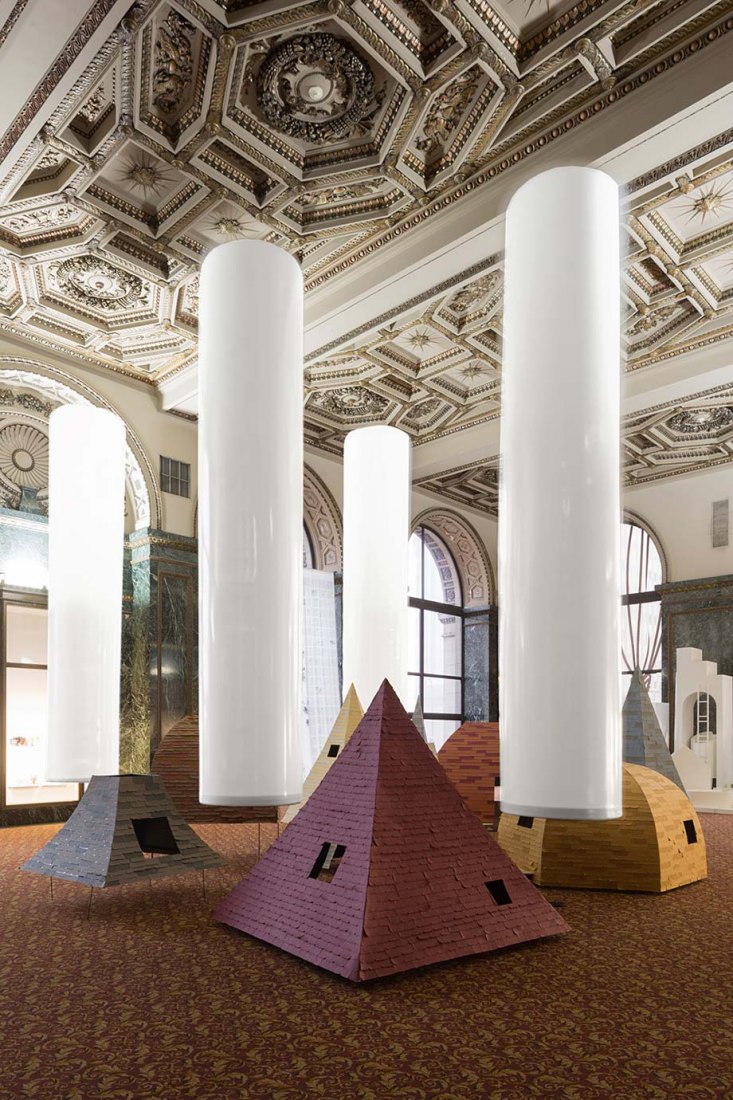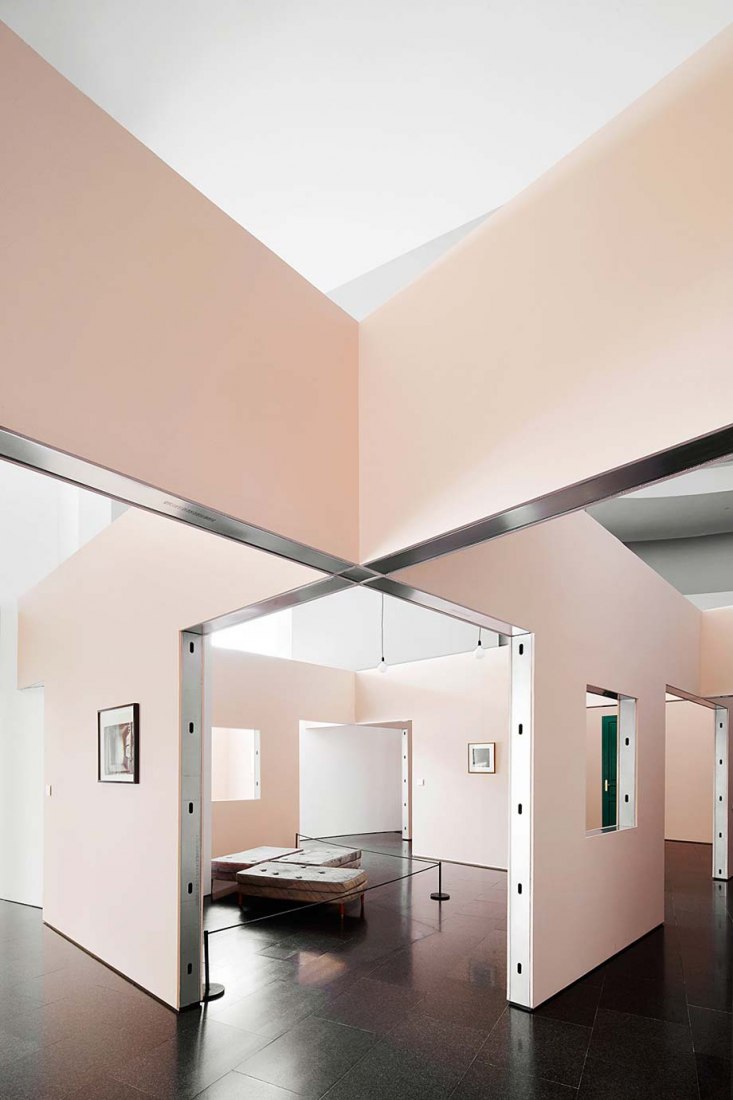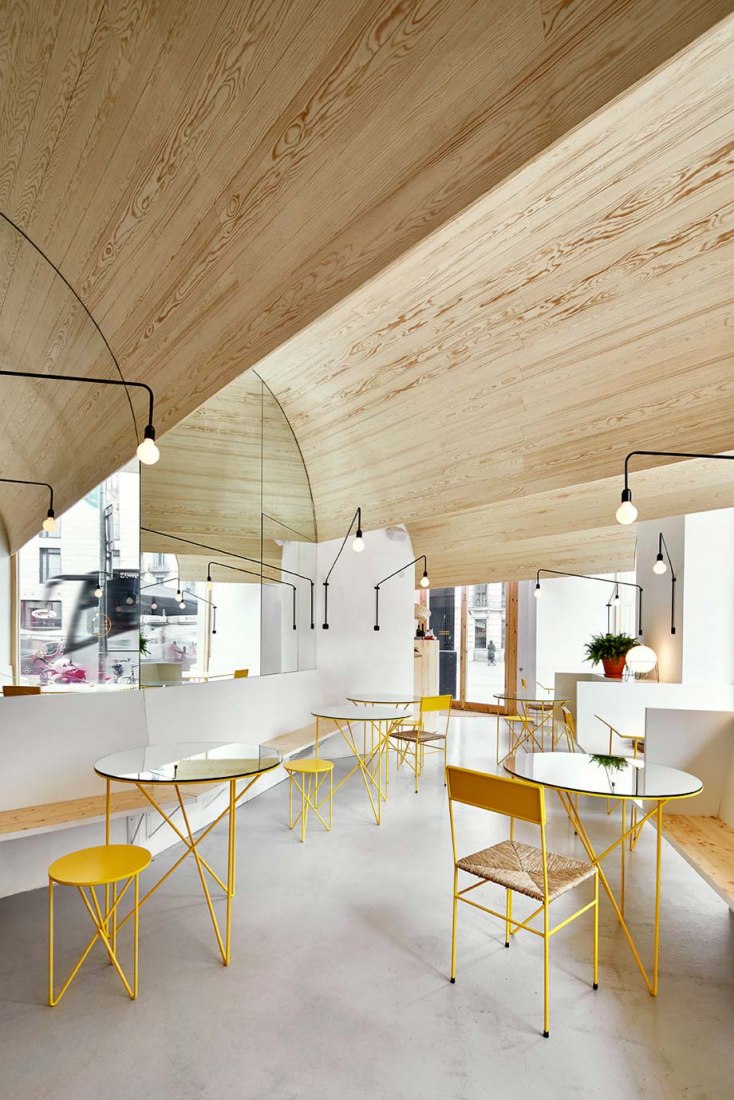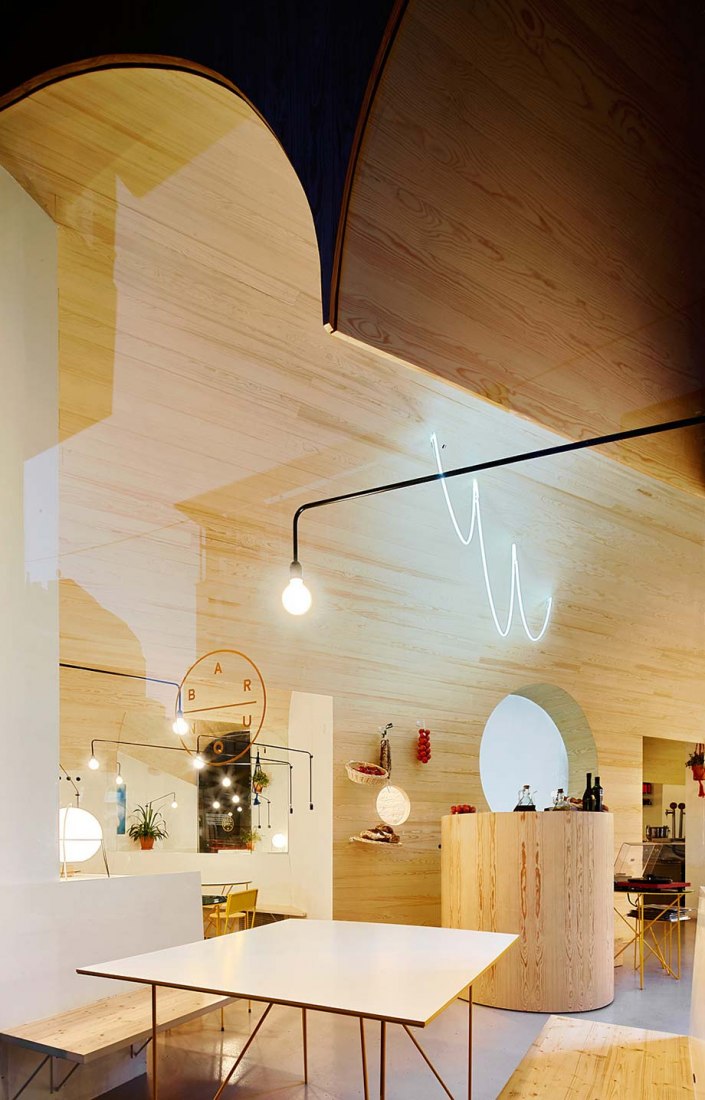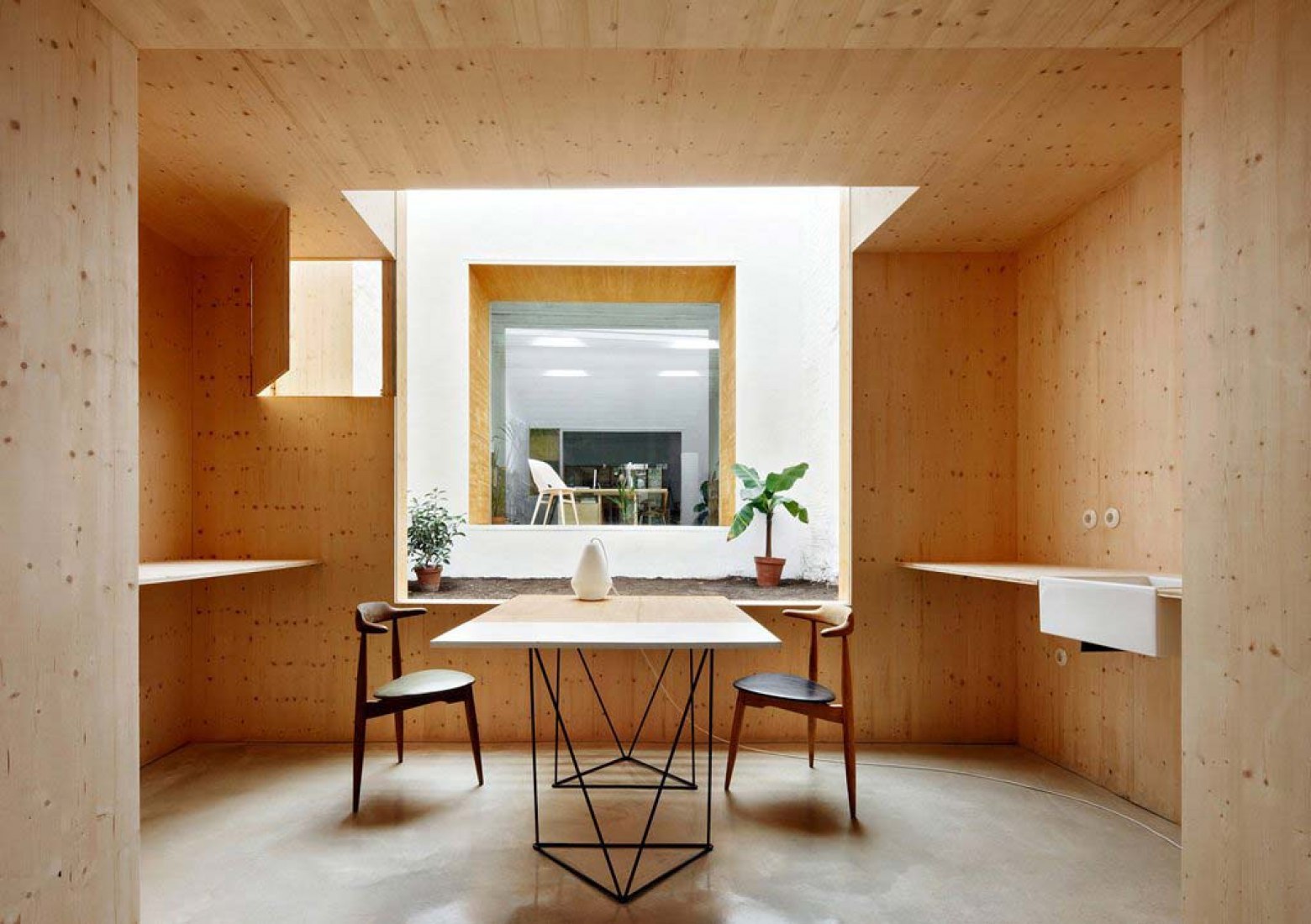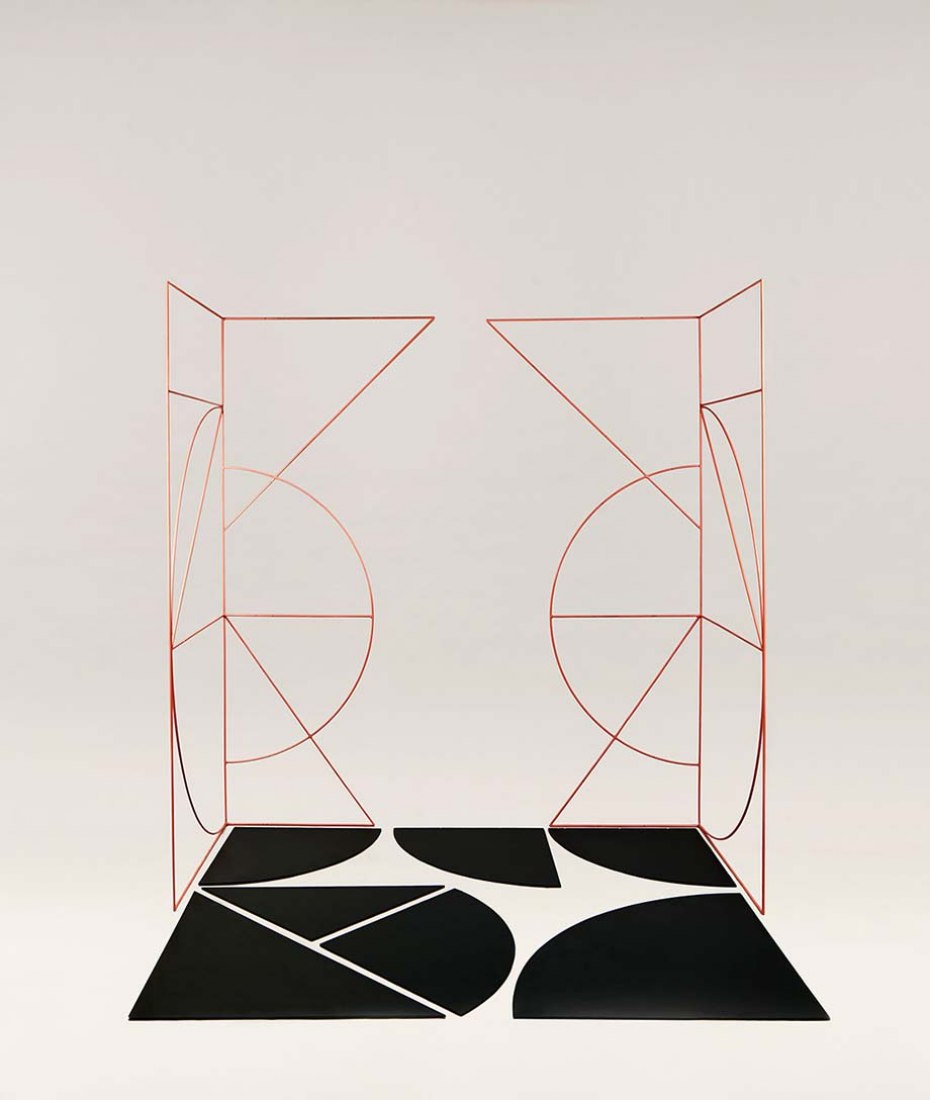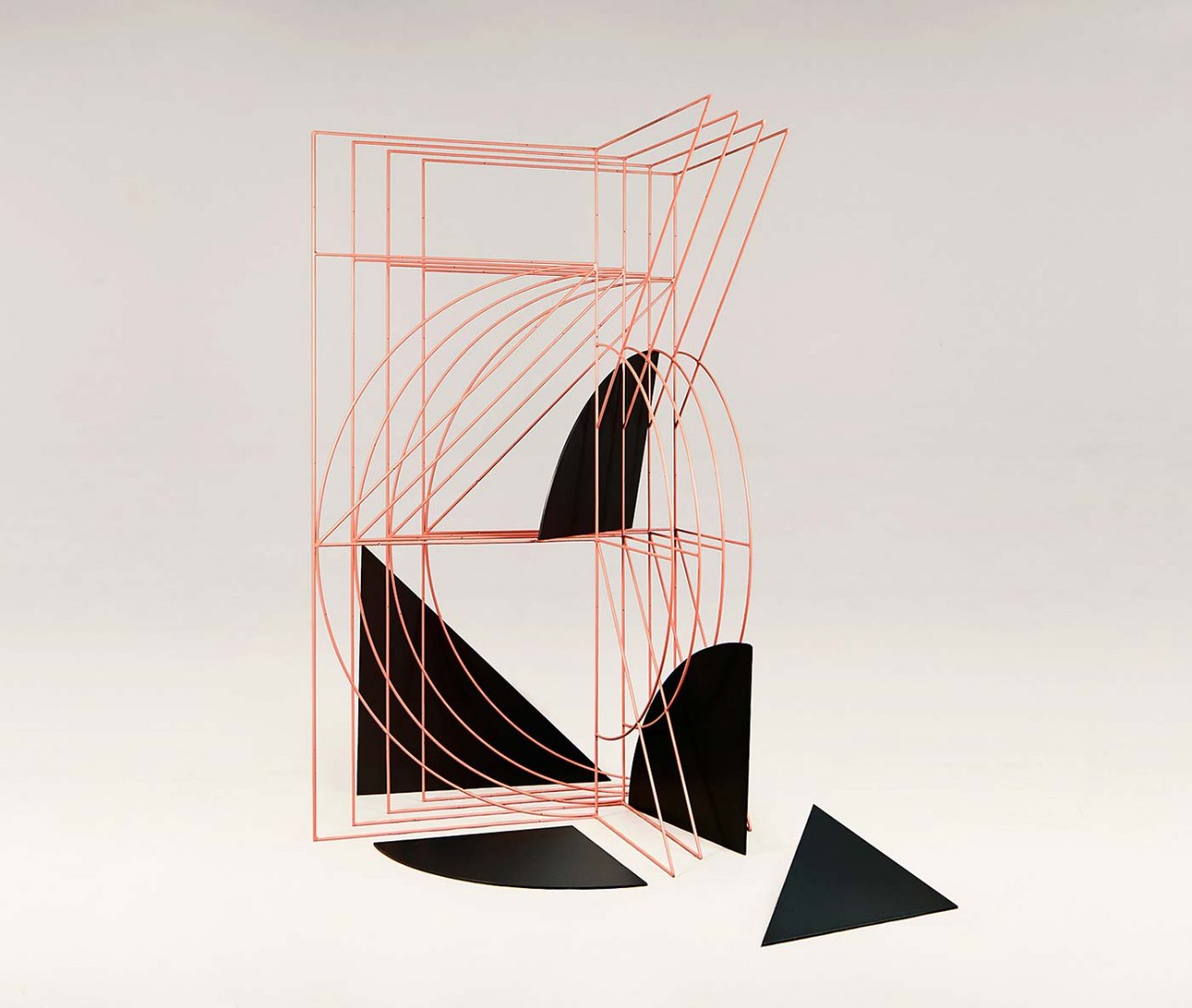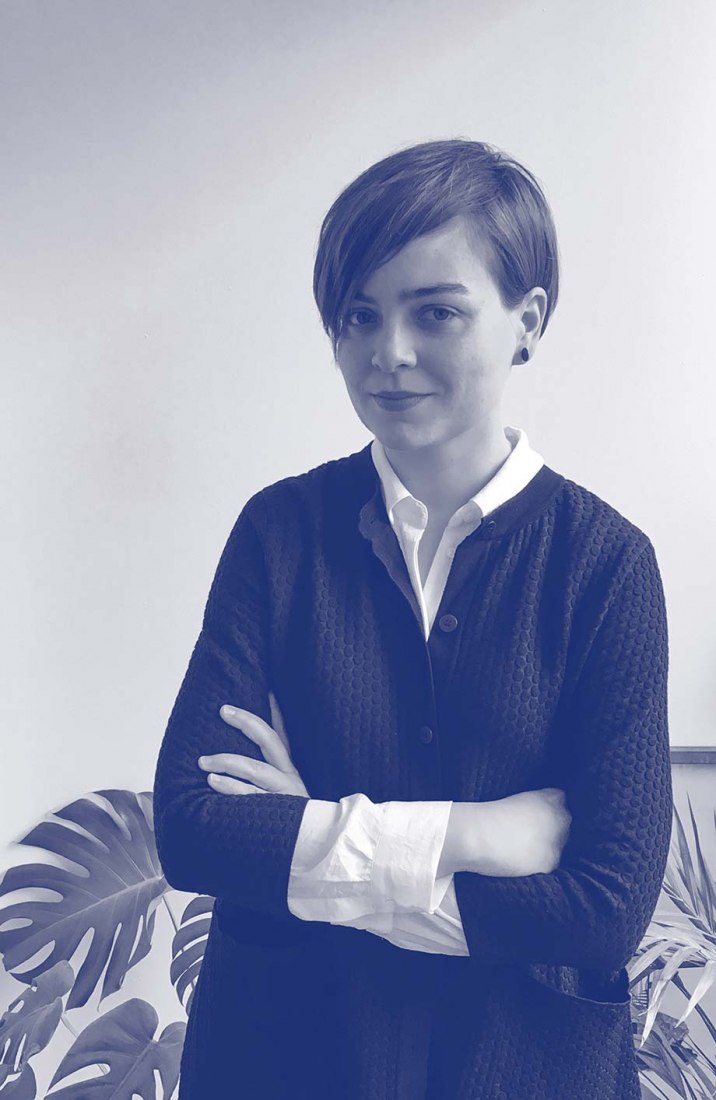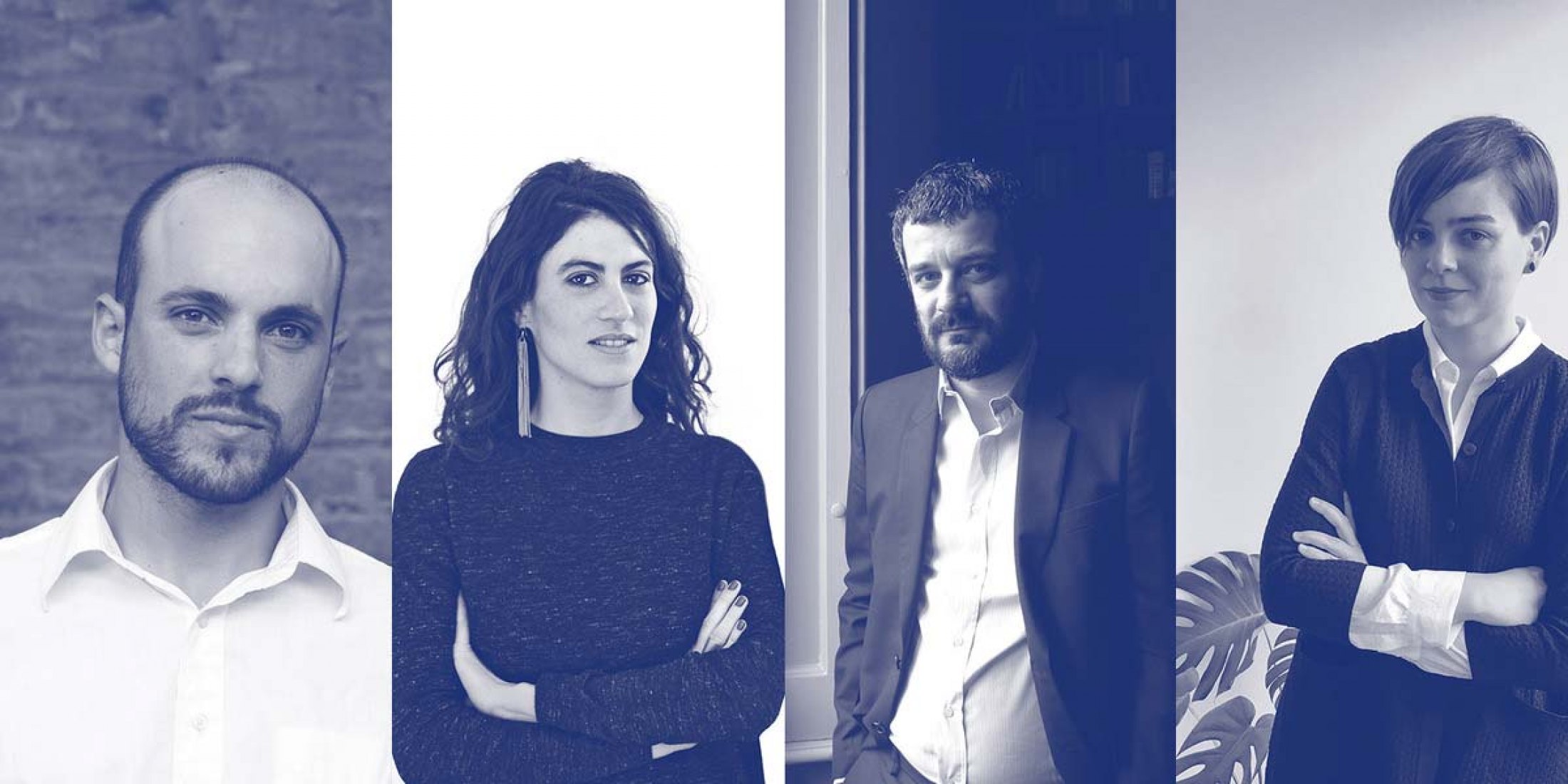Puigjaner’s winning proposal, Kitchenless City: Architectural Systems for Social Welfare, takes as its starting point a historic housing type, the housing blocks with collective kitchens, as well as other shared amenities such as dining rooms, lounges, and service areas. Puigjaner proposes to study exemplars of collective housing in Russia, Brazil, Sweden, China, Korea, and India, which reflect a variety of approaches to organizing and distributing domestic spaces. Noting that this housing type and notion of collective life were “deeply understood as a tool for social transformation”, she sees its relevance to today’s housing dilemmas and possible lessons for “renewed domestic proposals for the present.”
The 2016 Wheelwright Prize jury praised Puigjaner for the relevance of her topic today, as rapidly urbanizing cities struggle to provide adequate affordable housing for their growing populations. The jury emphasized the importance of awarding a research project that could produce new forms of architectural knowledge, and noted in particular the pertinence of Puigjaner’s research to new housing development models as well as the rise of alternative sharing and resource-pooling economies.
Her research itinerary begins with historical examples, such as the Kommunalkas, which began appearing in the Soviet Union after the revolution in 1917; and the projects spearheaded by Carmen Portinho. And she will continue her research by visiting contemporary examples of alternative collective domestic architecture, such as the Sargfabrik complex in Vienna (BKK-2 Architectur, 1996). The $100,000 prize will fund Puigjaner’s travel-based research over the next two years. As all the Wheelwright Prize winners, she will be invited to present her findings at Harvard GSD.
This year, the Wheelwright Prize jury selected four finalists from among nearly 200 submissions. For the second year, finalists were invited to Harvard GSD to present their work and research proposals. The 2016 finalists were the Chilean architect Samuel Bravo, the italian architects Matilde Cassani and Pier Paolo Tamburelli and the final winner Anna Puigjaner.

